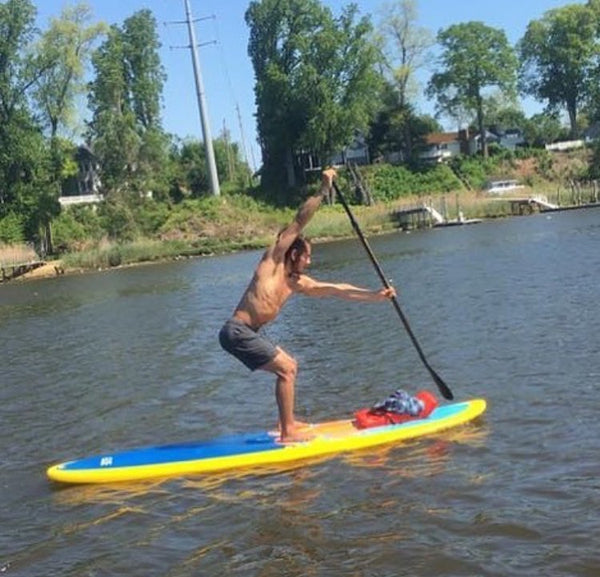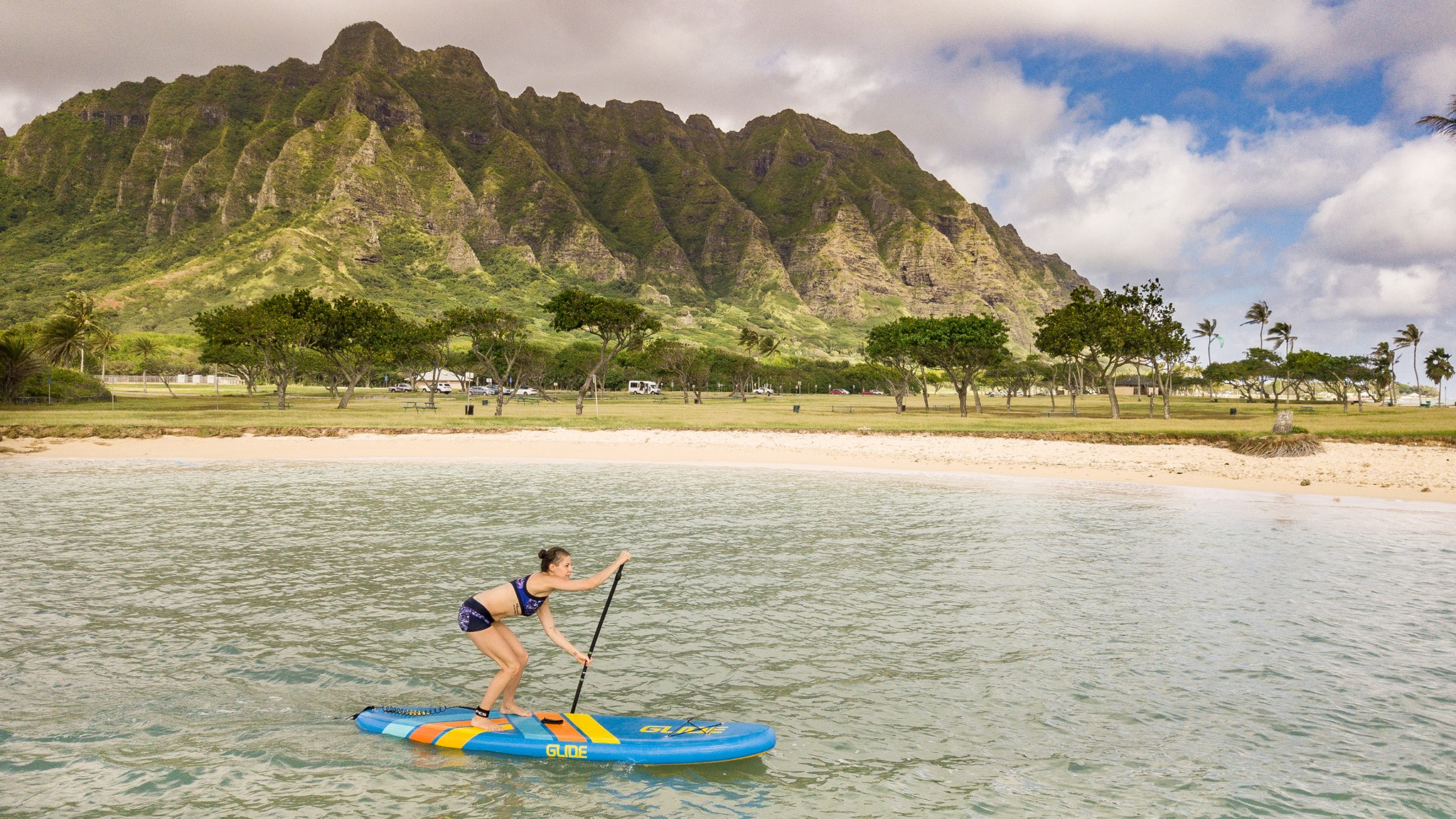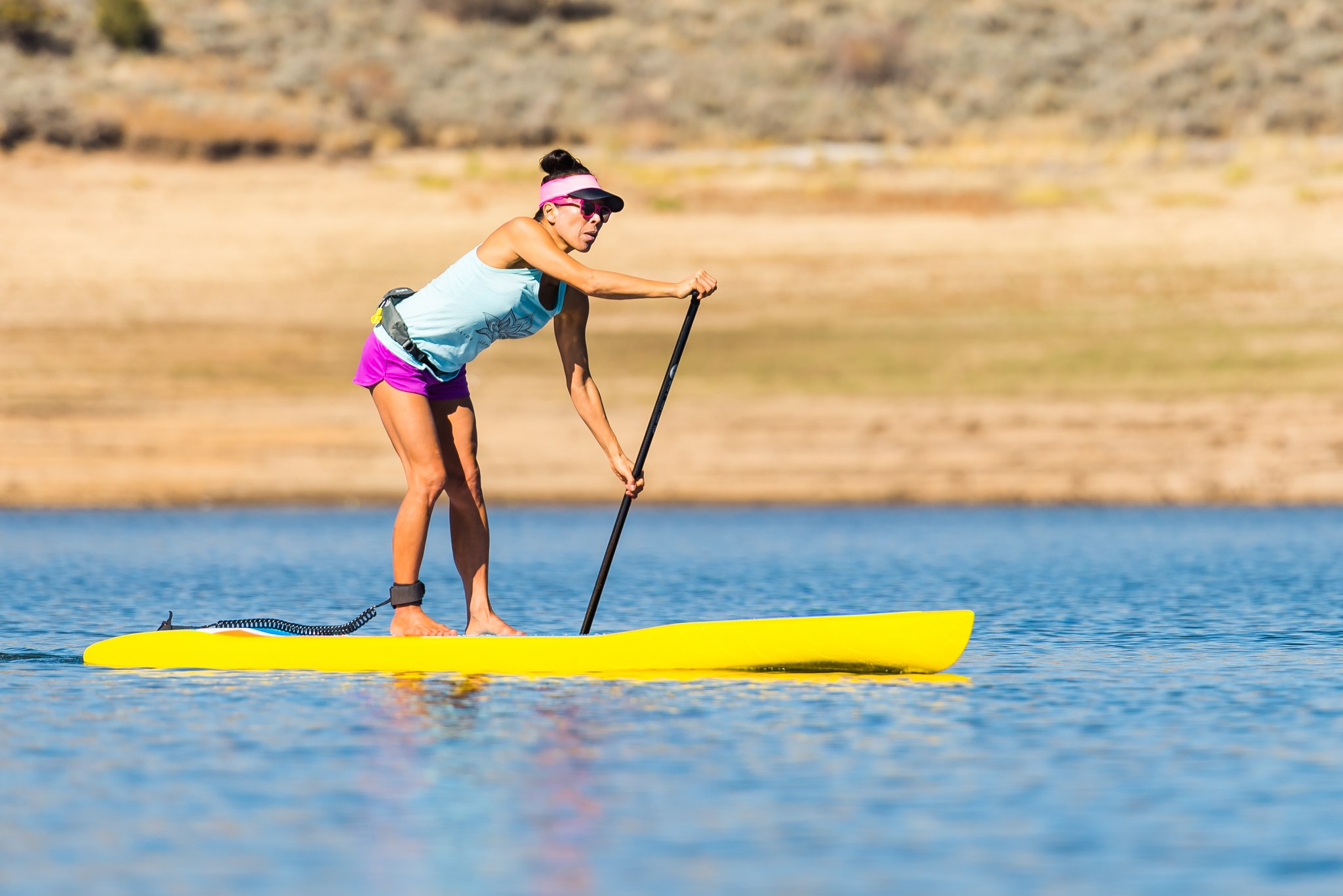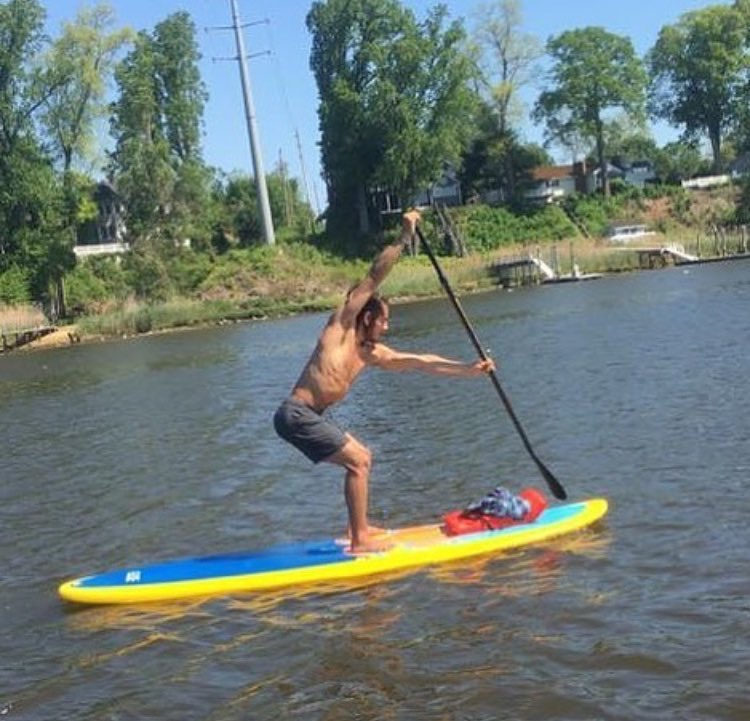
🏄♂️ How to Go Faster on a Stand Up Paddle Board (2025 Guide)
Want to paddle faster? Discover the best techniques, gear, and training tips to increase your SUP speed. From board design to fitness, we cover it all.
Speed on a SUP comes from the perfect combination of design, technique, fitness, and awareness.
This guide covers how to choose the right board, refine your stroke, manage your energy, and understand conditions so you can paddle faster, longer, and with confidence.
Table of contents
Speed on a stand up paddle board isn’t just about brute strength—it’s about efficiency, balance, and understanding how your gear, technique, and conditions all work together. Whether you’re racing, training, or just want to keep up with faster paddlers, this guide will help you master the art of SUP speed.

⚙️ The Importance of Paddle Board Shape and Design
Your paddle board’s shape and construction play a massive role in how fast you can go.
-
Displacement hulls are designed for speed. Their pointed noses cut cleanly through the water, reducing drag and improving tracking.
-
Narrower boards slice through the water faster than wide ones, though they require more balance.
-
Longer boards (11–14 feet) glide better and hold momentum over distance, making them ideal for touring and racing.
-
Fin setup matters too. A single center fin provides straight-line tracking for speed, while removable fin systems let you adapt to different water conditions.
👉 Pro Tip: For top speed, go with a Glide board featuring AeroMatrix™ woven drop-stitch tech—it delivers exceptional stiffness and glide with less flex.
💪 Technique Is Everything
Even with the fastest board, poor technique will slow you down as you focus on how to go faster on a stand up paddle board. Focus on power, rhythm, and control.
Engage your core — Power should come from your torso and legs, not just your arms. Rotate your torso with each stroke.
Perfect your stroke — Plant the paddle fully in the water, pull it straight back alongside your board, and exit cleanly at your feet.
Find your rhythm — Smooth, consistent strokes maintain momentum far better than short bursts of power.
Switch sides efficiently — Regularly alternate paddling sides to keep a straight course without overcorrecting.
🧘 Build Strength and Conditioning
A strong body equals a faster board.
SUP speed starts with core strength, stability, and endurance.
Do planks, Russian twists, and leg raises to strengthen your core.
Add squats and lunges to build leg power for balance and drive.
Try interval training—alternate between hard sprints and slower recovery paddling.
Not only will this improve your paddle power, but it’ll also help you paddle longer without fatigue.
🧰 Board & Paddle Maintenance
Even the best paddlers can lose speed if their gear isn’t in top shape.
-
Inspect for dings, cracks, or leaks regularly—these create drag.
-
Keep your board clean and smooth—a rough surface increases water resistance.
-
Check your paddle for chips or wear. A damaged blade can cost you efficiency.
-
If you have a carbon fiber paddle, avoid dropping it and store it in a paddle holder when not in use.
Proper maintenance ensures maximum glide and longevity for both hard and inflatable paddle boards.

🌊 Weather and Water Conditions Matter
Conditions can make or break your speed session.
Understanding the environment is just as important as technique.
-
Tailwinds are your friend—they’ll push you faster.
-
Headwinds slow you down; lower your stance and shorten your strokes to cut through.
-
Currents and tides can help or hinder—plan your route with them in mind.
-
Calm mornings and evenings often bring glassy water, perfect for training at peak speed.
👉 Pro Tip: Paddle against the wind or current on your way out so your return trip feels effortless.
⚡ Efficient Energy Use
Speed is as much about endurance as it is about bursts of power. The goal is to maintain a fast pace for longer.
-
Keep your posture tall but relaxed.
-
Use your core and legs to generate power instead of overusing your arms.
-
Maintain steady breathing—exhale fully with each pull.
-
Conserve energy early so you can sprint when it counts.
Learning to pace yourself turns a fast start into a fast finish.
🧳 Adjusting Your Board Load
Extra weight slows you down—but balance matters more than minimalism.
-
Keep your gear evenly distributed from nose to tail.
-
Avoid stacking heavy items directly in the center (this creates a “taco” effect).
-
Stay within your board’s weight limit to maintain optimal performance and safety.
A balanced load means better glide, more control, and faster speed overall.

🏁 Final Thoughts: How to Go Faster on a Stand Up Paddle Board
Going faster on a paddle board is about synergy—the harmony between your board, body, and environment.
To paddle faster:
✅ Choose the right board shape for your goals
✅ Refine your stroke technique
✅ Strengthen your core and improve endurance
✅ Maintain your board and paddle
✅ Read the wind and water before heading out
When all these elements align, you’ll not only go faster—you’ll paddle smarter, longer, and with more confidence.
FAQs
What type of paddle board is best for speed?
A long, narrow board with a displacement hull (like a touring or race board) offers the best glide and efficiency for high-speed paddling.
How fast can you go on a paddle board?
Average paddlers cruise around 3–4 mph. Experienced racers can hit 6–8 mph or more under ideal conditions.
Does paddle length affect speed?
Yes—your paddle should be about 8–10 inches taller than you. A properly sized paddle maximizes reach and power without overextending.
Is it possible to go fast on an inflatable SUP?
Absolutely. High-quality inflatables like Glide’s Elite line can be nearly as fast as hard boards thanks to their rigid AeroMatrix™ drop-stitch construction.
How do I train to paddle faster?
Combine strength training, core workouts, and interval paddling sessions to build endurance and explosive paddle power.





